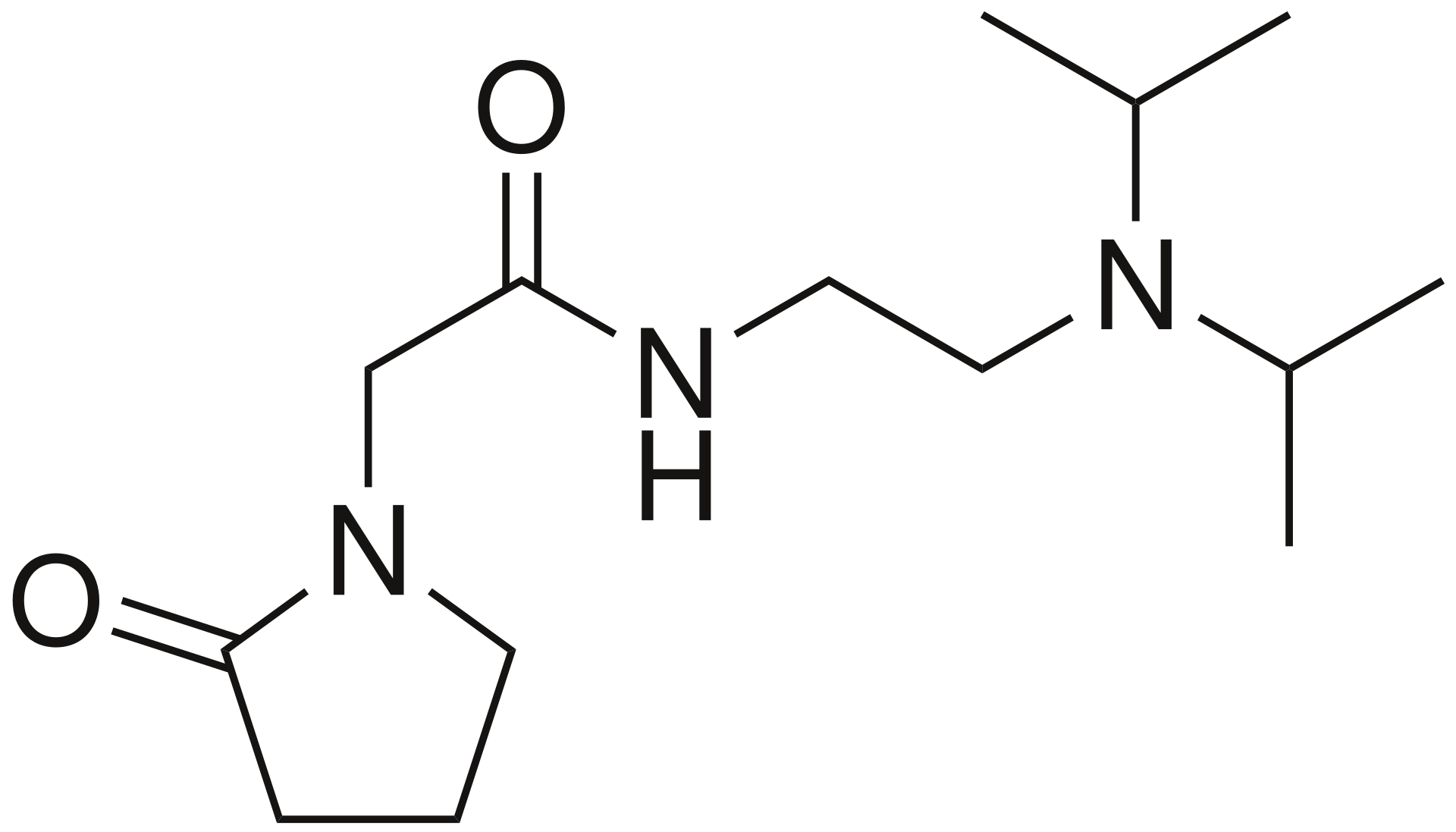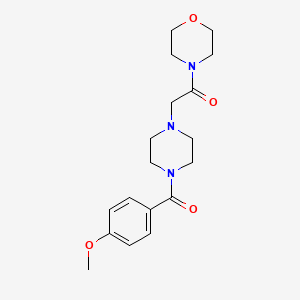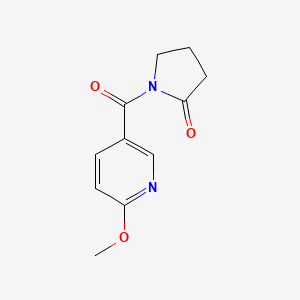Racetam Family
Comprehensive scientific guide to the complete family of pyrrolidone nootropics and anti-epileptics.
From the original piracetam synthesized in 1964 to the newest investigational compounds, explore the chemistry, mechanisms, evidence, and applications of the entire racetam class.
What Are Racetams?
Racetams are a diverse class of synthetic compounds sharing a 2-pyrrolidone nucleus in their chemical structure. Since the discovery of piracetam by Corneliu Giurgea in 1964, this family has expanded to include more than two dozen compounds with varying pharmacological properties.
While the mechanisms of action vary across different racetams, they generally modulate neurotransmitter systems (particularly cholinergic and glutamatergic), influence membrane fluidity, and may provide neuroprotective effects. Applications range from cognitive enhancement to treatment of epilepsy, stroke, dementia, and other neurological conditions.
Our comprehensive guide evaluates each racetam compound based on available scientific evidence, mechanism of action, pharmacokinetics, clinical applications, and regulatory status.























Explore Premium Racetams
Piracetam
The original racetam and foundation of nootropic research. Well-studied with excellent safety profile.
Learn morePhenylpiracetam
Potent psychostimulatory racetam with physical performance benefits and rapid onset of action.
Learn moreNoopept
Ultra-potent peptide-derived nootropic with neuroprotective and BDNF-boosting properties.
Learn moreScientific Resources
Our comprehensive racetam reviews cite peer-reviewed research from leading neuropharmacology journals and databases. Key references include:
Primary Research
- Journal of Neuropharmacology
- European Journal of Pharmacology
- Neuropsychopharmacology
- Psychopharmacology
- Clinical trials & meta-analyses
Molecular & Chemical Data
- PubChem
- ChemSpider
- DrugBank
- Structural analysis studies
- Pharmacokinetic assessments
Our content is regularly updated to reflect the latest scientific findings. Last updated: 4/12/2025.
